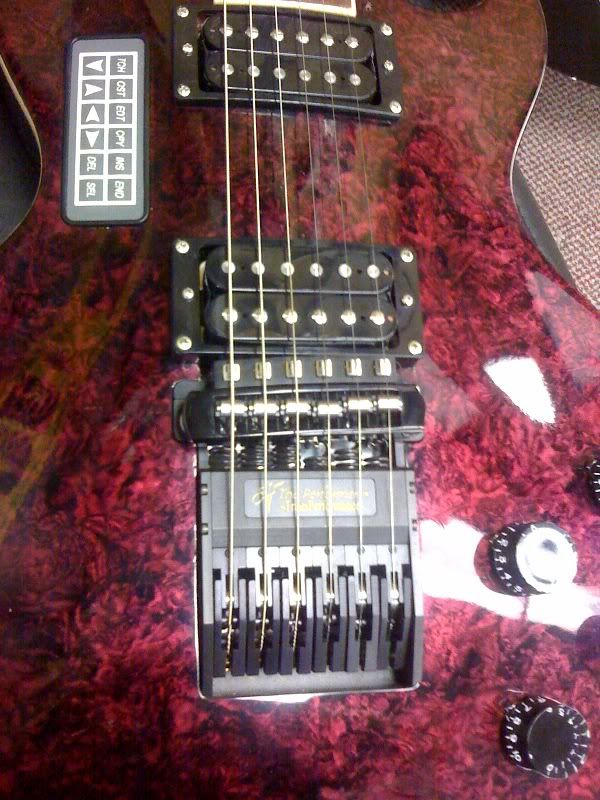- Joined
- Jan 8, 2009
- Messages
- 14,738
- Reaction score
- 211
Meh...give me a guitar, an amp, some pedals or a multiFX unit and I'm good.
Don't need that high-tech bull.
Wanna play multiple tunings? That's why I have more than 1 guitar.
Don't need that high-tech bull.
Wanna play multiple tunings? That's why I have more than 1 guitar.


